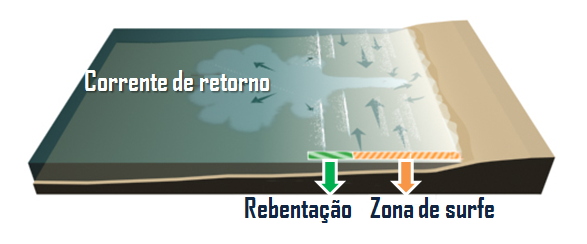Polar Melting Is Accelerating, So Is Sea-Level Rise
A report by 47 scientists using data from 10 satellites provides exquisitely detailed measurements of Greenland and Antarctica
 |
| LESS ICE, MORE ACCURACY: Ice sheets in Greenland and Antarctica are now shrinking three times faster than they were in the 1990s. Image: Flickr/ilovegreenland |
Ice sheets in Greenland and Antarctica are shrinking three times faster than they were in the 1990s, and their contribution to global sea level rise is growing, according to a new study by many of the world's top ice experts.
Melting of the two massive polar ice sheets raised the world's oceans 11.1 millimeters between 1992 and 2011, or just under half an inch, accounting for about one-fifth of the total sea level rise during that period.
The study represents a major scientific advance that could help improve projections of future sea level rise, experts said. It reconciles earlier, seemingly contradictory analyses of polar ice sheet behavior, finding strong agreement in observations gathered by 10 satellites using three different measurement methods.
"Our new estimates of ice sheet losses are the most reliable to date," said lead author Andrew Shepherd, a professor of Earth observation at the University of Leeds. "They also end 20 years of uncertainty concerning changes in the mass of the Antarctic and Greenland ice sheets, and they're intended to become the benchmark data set for climate scientists to use from now on."
Forty-seven scientists at 26 research institutions wrote the paper, which was published yesterday in the journal Science.
Richard Alley, a glaciologist at Pennsylvania State University who did not contribute to the new research, called it "a spectacular achievement."
A boost to making more accurate models
Prior analyses used satellite data to examine different parts of the ice sheets during different time periods, making it tough to compare those results, he said. The new paper has found a way to work around those difficulties, developing methods to make "apples-to-apples" comparisons of data from 10 different satellites by using common locations and time frames.
"The remarkable result is that the different techniques agree closely," Alley said.
Waleed Abdalati, a polar ice expert who is NASA's chief scientist, said the research "strengthens our understanding of how and why the ice is changing, which in turn can inform models and help us understand what the future may look like."
The study shows both Greenland and Antarctica losing ice, a pattern scientists said was caused by man-made climate change. But the similarity between the two poles ends there.
Greenland has experienced the most dramatic shrinkage. It is losing ice five times faster than it was in the mid-1990s. Overall, it shed 2.94 trillion metric tons of ice during the 19-year study period.
"It's very clear now that Greenland is a problem for the future," Shepherd said, referring to the ice sheet's growing contribution to sea level rise.
Antarctic melts more slowly
Antarctica, which is significantly larger than Greenland, shed less than half as much ice from 1992 to 2011: 1.32 trillion metric tons. There was wide variation across the continent, with West Antarctica and the Antarctic Peninsula losing ice and East Antarctica making a smaller gain.
The new study does not project how ice sheet behavior may change in the future and what the consequences might be for global sea levels, but experts said there is reason for concern.
The Greenland and Antarctic ice sheets store enough water to raise seas by nearly 200 feet. Current projections suggest only a tiny fraction of that ice will melt during this century, but that would still be enough to wreak havoc on many of the world's coastal areas.
"As the climate warms, we're going to lose more mass, and the losses will be higher by the end of the century," said Ian Joughin, a glaciologist at the University of Washington. "We can't at this point extrapolate, but we can see that the trend is toward increases, and that's something we need to worry about. If we really want to have meaningful information that planners can use to build sea walls and things, there's going to have to be a big push to improve our projections of sea level rise using models."
http://www.scientificamerican.com


Comentários
Postar um comentário